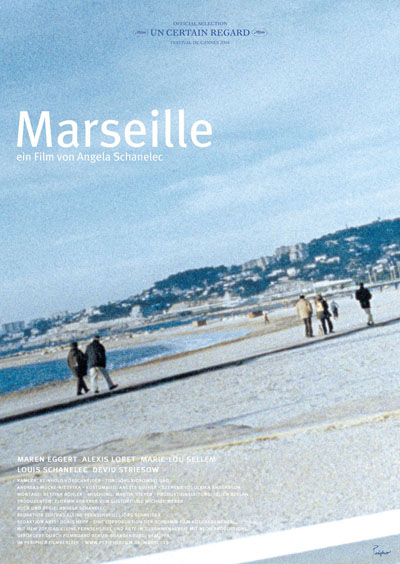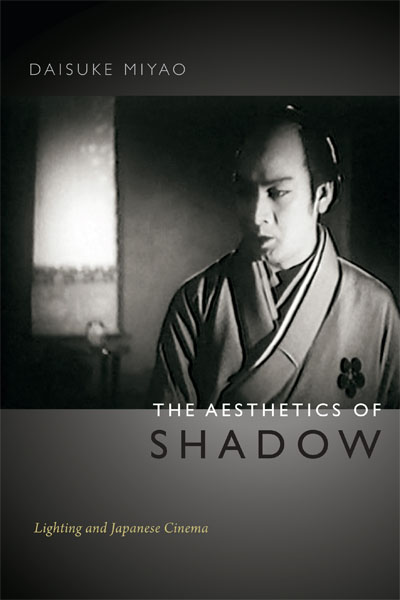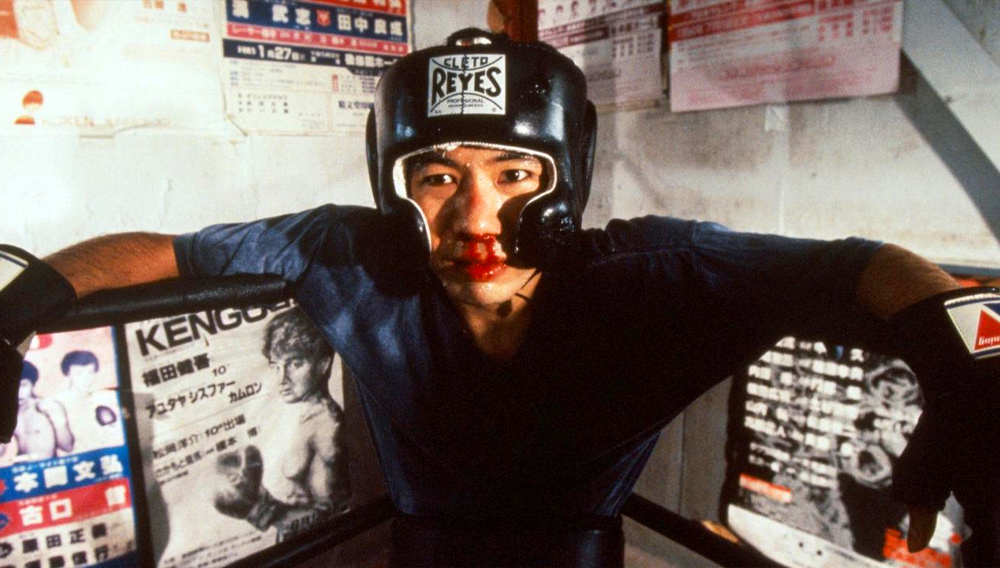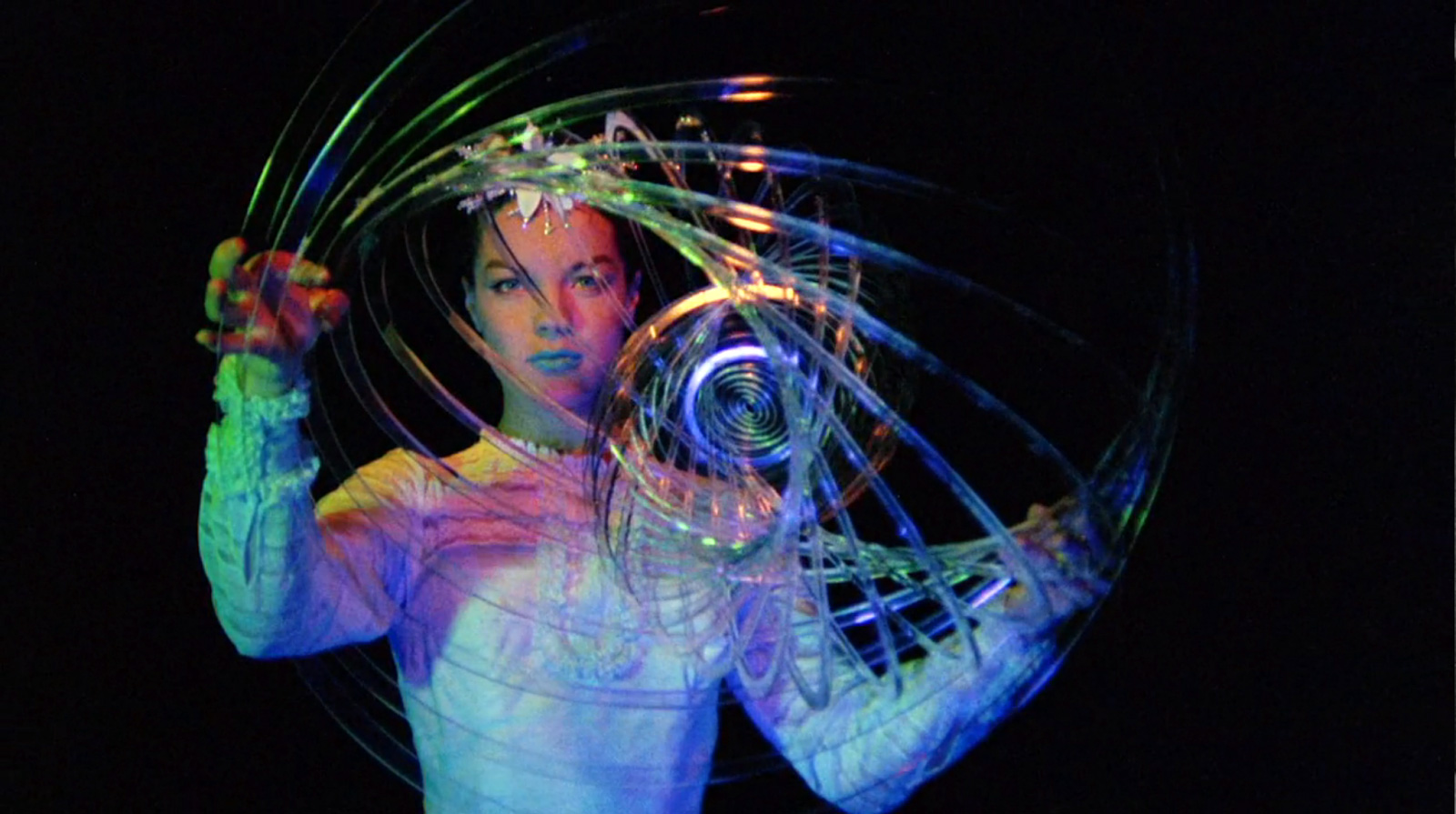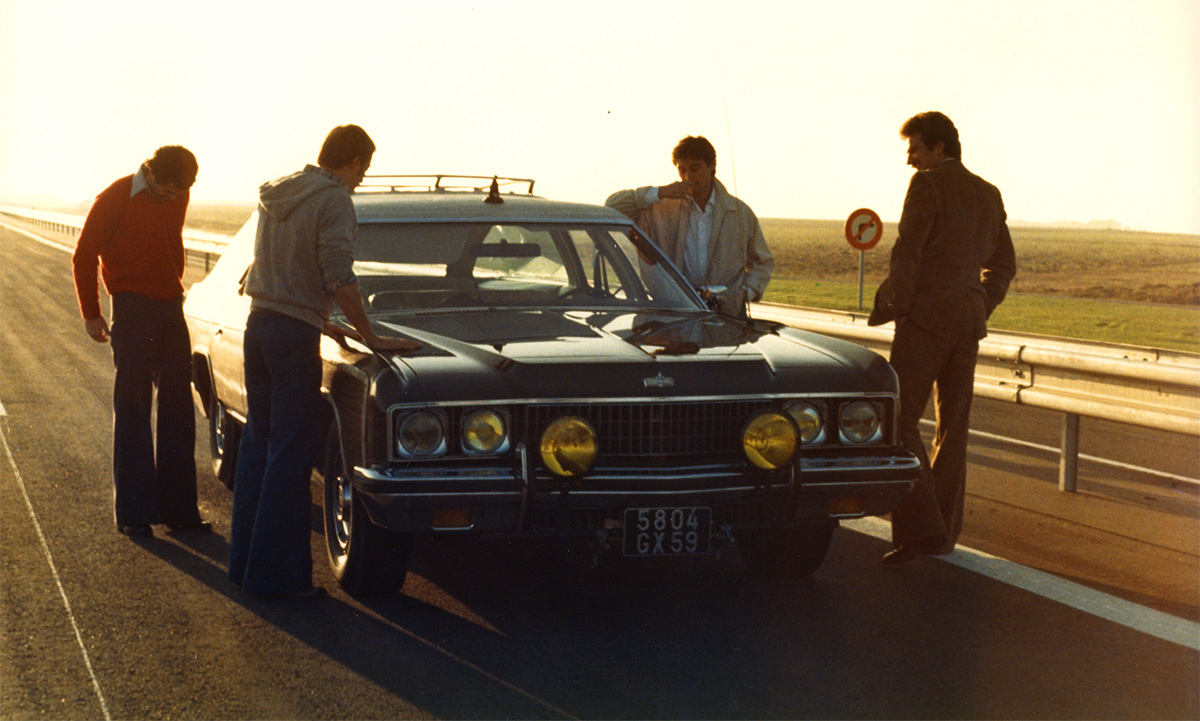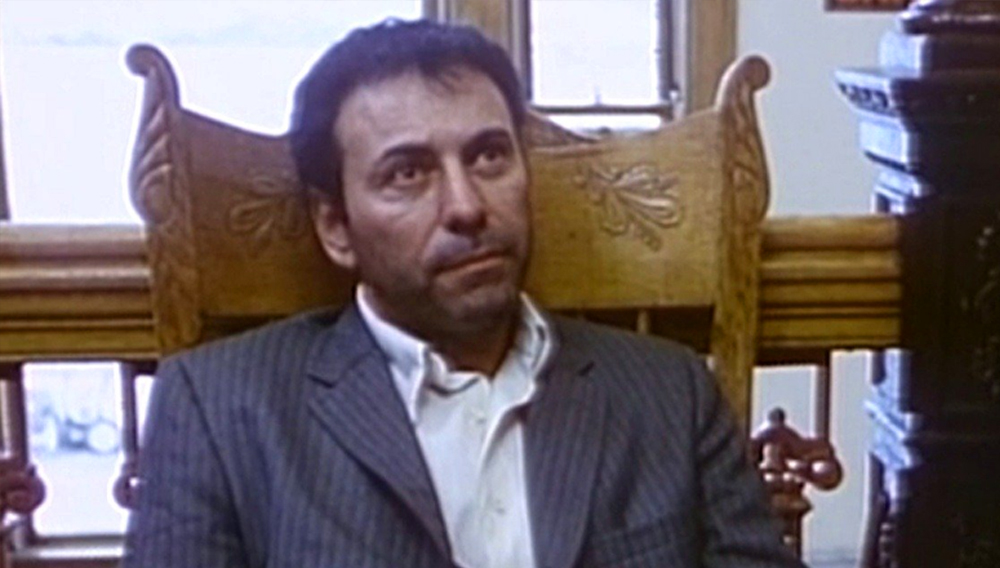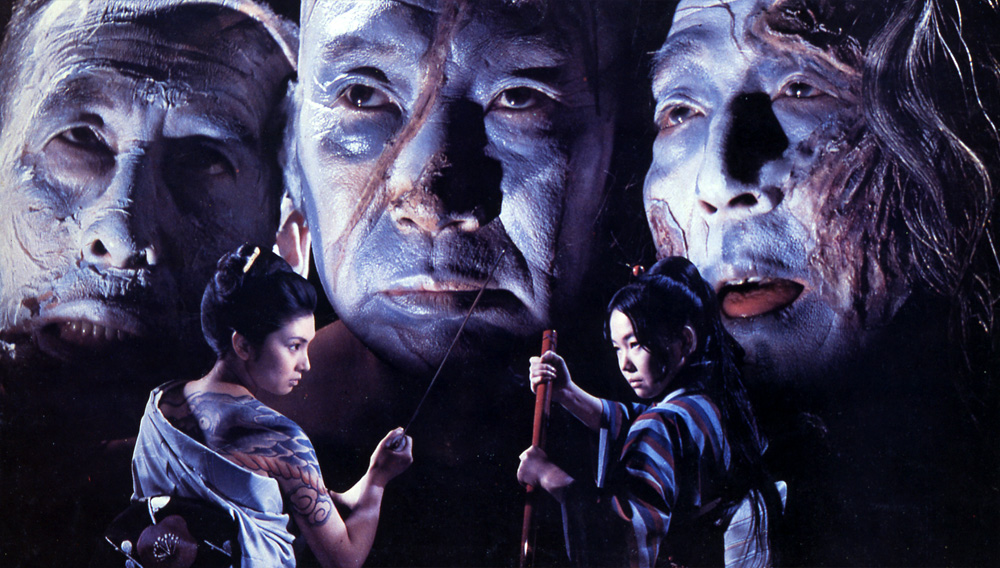Today’s must-read is Andrew Tracy‘s piece on Angela Schanelec’s Marseille (2004), his contribution to Reverse Shot‘s ongoing tenth anniversary symposium. This clip comes just before he turns to the film itself: “Writing of the sudden flowering of Soviet cinema in the 1920s, Stanley Kauffmann floated the ‘admittedly fanciful’ notion that ‘there is a small but constant supply of genius throughout the world and that a particular juncture of circumstances in any one place touches the local supply to life.’ At the risk of indulging in a comparable fancy, one (nay, I) could (nay, shall) contend that our ever more peripatetic film culture, by making possible the unprecedentedly rapid dissemination of work across geographical boundaries, has helped touch that supply to life globally—or, perhaps, allowed us to see the remarkable commonality of certain artistic tendencies across borders, cultures, and hemispheres.”
A fascinating browse: The “Writings” section of Paul Schrader‘s site, with its dozens of reviews, essays and interviews ranging from 1965 through 2009—and two plays, including one titled simply Berlinale.
Two new translations of pieces by Nicole Brenez: David Davidson‘s posted one on John Gianvito, while Louis-Georges Schwartz has translated one on director and journalist Jocelyne Saab.
“For decades, Mark Rappaport has been championed by cinephiles and scholars,” writes Indiewire‘s Eric Kohn. “His distinctively meta and at times essayistic work has screened at major film festivals and art houses around the world.” And, as you’ll have heard, Ray Carney is holding a substantial stash of Rappaport’s original materials and refusing to return them unless Rappaport pays… well, the figures Carney’s put forward keep sliding around, but at least as much as $10K. Eric: “In the last six months, the Carney-Rappaport dispute has become an object of internet lore rife with speculation, curiosity and frustration…. The details of the timeline are dizzying in light of how little progress has actually been made.”
Books. The New York Times‘ Dwight Garner recommends three, all “written before the celebrity-industrial complex was fully formed, when a journalist could still push past an artist’s P.R. phalanx and come back with a story that possessed real feeling and offbeat detail.”
“Film-history texts can often be dull, lack real insight beyond a litany of factual information, and plod along to foregone conclusions, structured as simply a lecture, where content overrides form,” writes Clayton Dillard at the House Next Door. “Daisuke Miyao’s The Aesthetics of Shadow: Lighting and Japanese Cinema isn’t only an exception to these rules, but establishes a benchmark for which contemporary film-history research should aim.”
Interviews. F.X. Feeney talks with James B. Harris about working with Stanley Kubrick on The Killing (1956), Paths of Glory (1957), and Lolita (1962): “They talk now about how Kubrick disciplined himself with chess. It’s true. You’re staring at the board and you think, ‘I can grab that guy’s queen,’ but if you don’t catch your breath and rethink, you could be building a trap for yourself. The same with filmmaking: You don’t want to be too attracted to an easy answer…. Look at your options. They’re there.”
Also in the new DGA Quarterly, besides M. Night Shyamalan‘s piece on Peter Bogdanovich’s The Last Picture Show, Carrie Rickey talks with Sofia Coppola about The Bling Ring, widely expected to premiere in Cannes next month. “Her intimate film captures the electronic collage of contemporary teenage life. ‘For visual references, I borrowed the cell phones of my actors and studied their Facebook and Myspace pages.’ Many shots in the film look like ‘selfies,’ those cell phone auto-portraits taken from arm’s length. ‘This world isn’t as visually beautiful as some of my other films,’ Coppola notes. ‘It’s more Pop.’ As in Pop Art.”
Geoff Manaugh talks with Mike Elizalde, CEO of Spectral Motion, a company that’s “developed monsters, effects, and other mechanical grotesqueries that have since become household nightmares, if not names.” Among their credits are Guillermo del Toro’s Hellboy movies and Pacific Rim.
In other news. Practically within the same hour yesterday, Deadline broke the news that Stephanie Zacharek had been named principal film writer at Village Voice—and Criticwire‘s Matt Singer reported that Time Out Chicago was letting film critics Ben Kenigsberg and A.A. Dowd go. Big congrats to Stephanie; shame on TOC for laying off two fine critics at a time when Chicago is being hailed as a hub of great film criticism.
Semaine de la Critique (Critics’ Week) has announced that director Mia Hansen-Løve will preside over two juries during the 52nd edition (May 16 through 24), the Discovery Award for short films and the France 4 Visionary Award.
“The Tribeca Film Festival [April 17 through 28] announced today that it has selected 42 jurors for this year’s festival,” reports Lanford Beard for Entertainment Weekly. “The jurors include members of the filmmaking community—including Bryce Dallas Howard, Whoopi Goldberg, Paul Haggis, Taraji P. Henson, Kenneth Lonergan, Eva Longoria, Josh Radnor, and Evan Rachel Wood—as well as policy makers and entertainment business leaders.”
Seattle. Tonight and tomorrow, our own Jonathan Marlow will be moderating Q&A’s with Nathaniel Dorsky, each accompanying separate programs in the Floating Energy: The Films of Nathaniel Dorsky series at the Northwest Film Forum.
New York. Tonight at Light Industry, Luc Sante introduces Nicole Védrès’s 1947 film Paris 1900, which “is an attempt to render the whole of a time and place by compiling and organizing hundreds of excerpts taken from newsreels and fiction films of the period.”
“Why bother filling up a museum with an exhibit of music videos when the things are more accessible than they’ve ever been, available 24 hours a day to anyone with a computer, smartphone, or cable TV?” asks Nick Murray in the Voice. “Later, as you actually enter the galleries of Astoria’s Museum of the Moving Image, where Spectacle: The Music Video opened last Wednesday, you’re more likely to wonder something else: Why had no one put together such an exhibit before?” For more, listen to Maura Johnston on WNYC.
Austin. “If a respected Internet activist like Aaron Swartz can be hounded to his death by federal agents in the U.S. over academic papers, imagine the peril faced by unsanctioned reporters in one of the most repressive nations on Earth,” writes Roger Whittaker in the Chronicle. Tonight, AFS Doc Nights presents High Tech, Low Life, a film about netizen reporters in China.
Vienna. The Climate of New York: A Tribute to Anthology Film Archives runs from tomorrow through April 17 at the Austrian Film Museum.
Panama City. The International Film Festival of Panama opens tomorrow and runs through next Wednesday—and Michael Guillén‘s been previewing highlights.
Viewing. Cinephilia and Beyond posts a lengthy conversation with David Lynch that took place at the Festival du film policier de Beaune 2013 on Saturday.
For news and tips throughout the day every day, follow @KeyframeDaily on Twitter and/or the RSS feed. Get Keyframe Daily in your inbox by signing in at fandor.com/daily.

